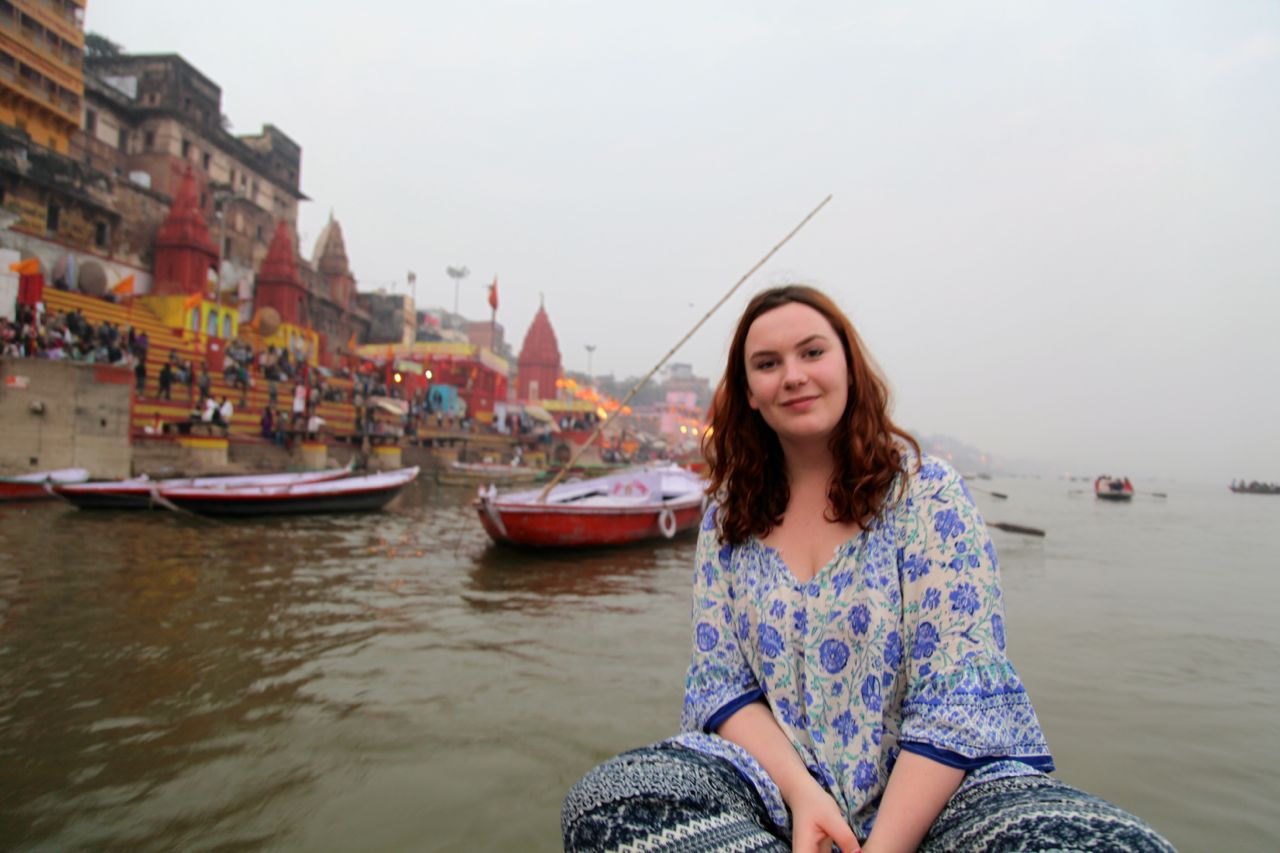This Korsakow documentary was mentioned in the lecture and so I decided to watch it. Adrian, in the lecture at the time that this i-doc was mentioned, was discussing user interaction and the different ways that documentaries interacted with the user. He said that this documentary was different in user interaction to another documentary that the creator has made. I decided to watch and explore the documentaries in what they do and user interaction and compare two.
The documentary was created by Florian Thalhofer, he is an interesting guy, an artist, film maker and creative who explores the possibilities and limitations of creative technological mediums, he also created Planet Galata, another Kosakow i-doc and I used that to compare to Money for the Greeks.
In terms of design and content, Money for the Greeks, was brilliant. These things contribute to the meaning of the documentary. In terms of what it does, the documentary allows the user to explore different aspects of the economic situation of Greece, in a very personal way, from the voices of 32 protagonists.
It is non-linear, and the pathways are all equally important and the user interacts with the content by deciding what they want to watch next. It is exploratory and the user is external, looking in. They are given options based on relevance and aided in choosing by being shown which demographics of Greek people liked that clip. In the pyramid of user, reality and artefact, the three interact very closely. The artefact, different aspects of money and wealth in Greece are explored in a real way, and are presented by real people in a real setting. The user navigates this content.
In Planet Galata, these specifics are very similar. The user navigates content, it is explorative, and all those specifics etc etc. However the user interaction is different, they options are limited and based on time, and other times the options are always available. It’s just a small change that doesn’t change the specifics of how the user interacts, but it does change the way that the story is told to the user and the ways that the user is able to navigate through the story.
